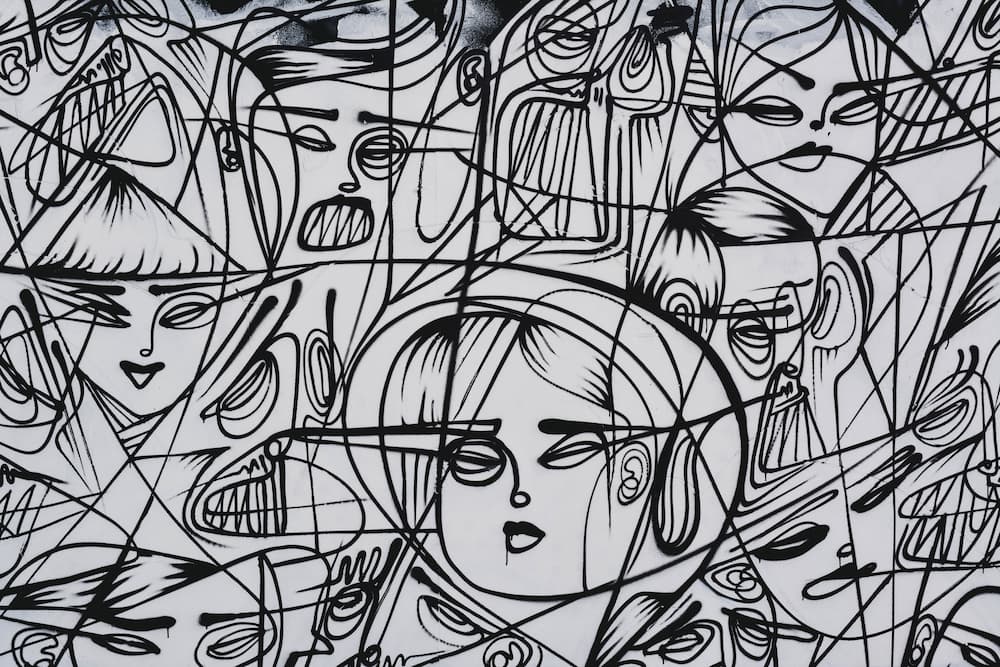Postmodern culture
The term “postmodernism” is still controversial in our country and in the West. Introduced into circulation in the sixties, in a purely historical sense, it refers to the culture of the West after World War II, to post-industrial society, to the era of consumer capitalism, new technologies, electronic communications. All this destabilizes and modifies traditional cultural mechanisms and, which is especially important for literature, leads to the loss of the privileged position of a book, text, or work.
The processes taking place in the culture of the postmodern era are described by scientists in different ways. Some consider postmodernism to be a continuation and development of modernism, and postmodern literature turns out to be simply a continuation of the tendencies of modernist literature at a new historical stage, then postmodernism is simply what follows after modernism. Others see in the culture of postmodernism a break with classical modernism of the first half of the century, others are busy looking in the past for writers whose work already carries the ideas and principles of modernism (with this approach, the postmodernists are the French writer of the late 18th century, Marquis de Sade, an American poet Ezra Pound, who is usually ranked among the classics of modernism, and many others).
One way or another, the very term “postmodernism” indicates the connection of this phenomenon with the culture of the previous era, and postmodernism is aware of itself in relation to modernism. At the same time, modernism itself is undergoing constant revision, and theorists of postmodernism propose the following system of oppositions describing the difference between modernism of the first half of the twentieth century and postmodernism. The following table is taken from the work of the American theorist I. Hassan “The Culture of Postmodernism” (1985).





